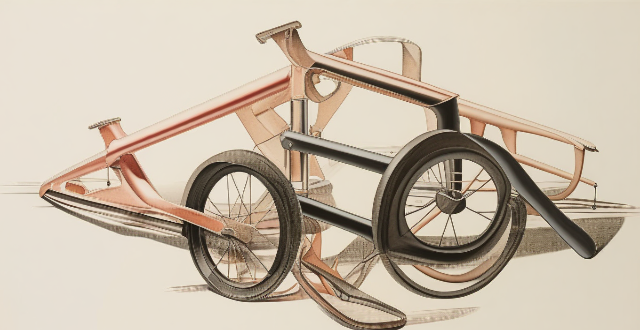Understanding joint mechanics is crucial for improving athletic performance in sports biomechanics. By optimizing movement patterns, preventing injuries, enhancing force production, and improving stability, athletes can achieve greater success in their chosen sports. Sports biomechanists analyze an athlete's joint mechanics to develop targeted training programs that improve joint function and overall performance. Advances in sports technology provide real-time feedback on joint mechanics during training and competition, allowing athletes to fine-tune their technique and make adjustments to their training program as needed.

Understanding Joint Mechanics in Sports Biomechanics
The Importance of Joint Mechanics
Joint mechanics refers to the study of how joints move and function during physical activities. It plays a crucial role in sports biomechanics, which is the application of mechanical principles to human movement. By understanding joint mechanics, athletes can improve their performance by optimizing their movements and reducing the risk of injury.
Key Concepts in Joint Mechanics
- Range of motion (ROM): The extent to which a joint can move in a given direction.
- Force production: The ability of a muscle to generate force at a joint.
- Stability: The capacity of a joint to resist external forces without excessive movement or damage.
How Joint Mechanics Impacts Athletic Performance
1. Optimal Movement Patterns: Understanding joint mechanics allows athletes to identify and adopt optimal movement patterns that maximize efficiency and power output. This leads to better technique, faster speed, and increased agility.
2. Injury Prevention: Proper joint mechanics can help prevent injuries by reducing stress on vulnerable areas and promoting proper alignment and muscle activation. Athletes who understand how their joints work are less likely to sustain injuries caused by incorrect form or overuse.
3. Improved Force Production: By understanding the mechanics of their joints, athletes can target specific muscles and movements to enhance force production. This results in stronger, more powerful movements that translate into improved athletic performance.
4. Enhanced Stability: Proper joint mechanics promotes stability, which is essential for maintaining balance and control during dynamic movements. Athletes with good joint stability are better able to handle high-impact forces and maintain proper form under pressure.
Application of Joint Mechanics in Sports Biomechanics
- Biomechanical Assessments: Sports biomechanists use various tools and techniques to analyze an athlete's joint mechanics, identifying areas for improvement and potential injury risks. This information is then used to develop targeted training programs aimed at improving joint function and overall performance.
- Training Programs: Strength and conditioning coaches incorporate exercises designed to improve joint mechanics, such as mobility drills, stability exercises, and strength training focused on specific muscle groups. These programs help athletes develop better movement patterns, increase force production, and enhance joint stability.
- Equipment and Technology: Advances in sports technology have led to the development of tools like wearable sensors and motion capture systems that provide real-time feedback on joint mechanics during training and competition. This data can be used to fine-tune an athlete's technique and make adjustments to their training program as needed.
In conclusion, understanding joint mechanics is crucial for improving athletic performance through sports biomechanics. By optimizing movement patterns, preventing injuries, enhancing force production, and improving stability, athletes can achieve greater success in their chosen sports. Through the application of sports biomechanics principles, athletes can unlock their full potential and reach new heights in their athletic endeavors.